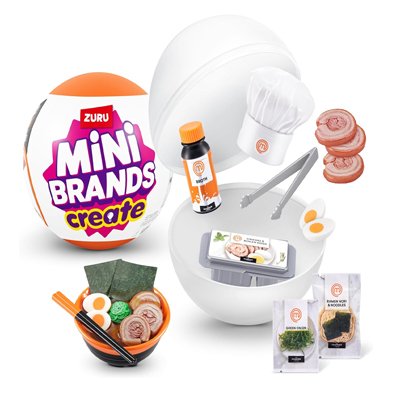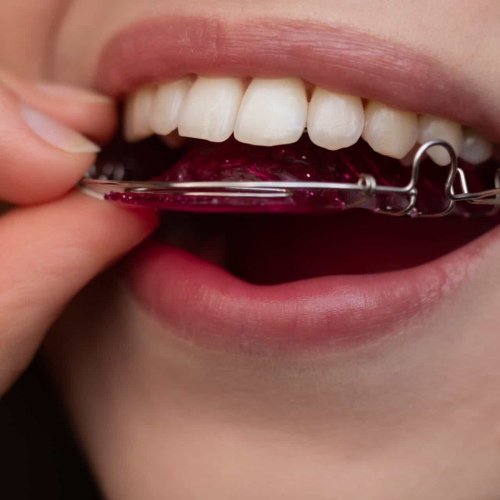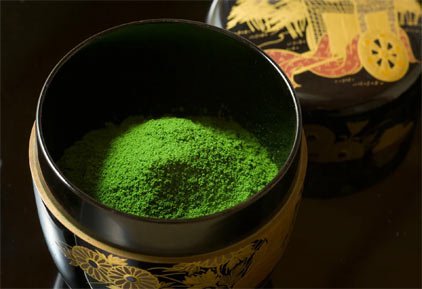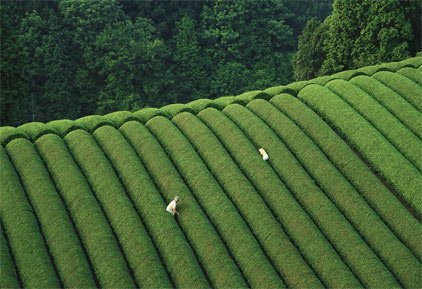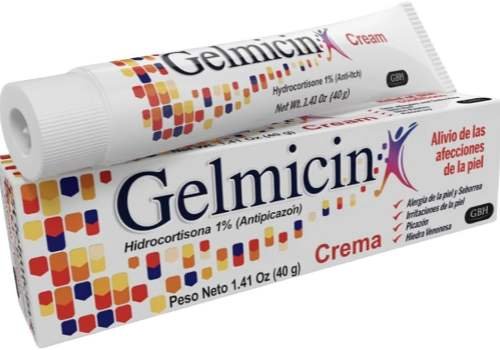Cowboy hats are more than just a fashion statement; they’re part of American history. Though it’s not the day of the Old West anymore, there’s still something special about donning a cowboy hat. Here are seven facts about cowboy hats that you probably didn’t know:
Fact 1. The First Cowboy Hats Were Made out of Beaver Pelts.
Yes, you read that right. The first cowboy hats were actually made out of beaver pelts! These early hats were strong and durable, but they were also quite expensive.
Fortunately, there was another material that could be used to make cowboy hats: felt. Felt is made from compressed wool fibers, and it was a lot cheaper than beaver pelts.
Felt quickly became the material of choice for cowboy hats, and it’s still used today. But do you know that felt is made from…sheep? So, the next time you’re wearing your cowboy hat, you can imagine that you’re wearing a sheep on your head!
Fact 2. Original Cowboy Hats Do Not Feature Chin Straps.

If you’ve ever seen a picture of a cowboy from the Old West, you might have noticed that their hats don’t have chin straps.
That’s because cowboy hats were originally designed to be worn in windy conditions. The wide brim helped protect cowboys from the sun and the wind.
So how did cowboys keep their hats on in the wind? Well, they are a lot of tricks that they used.
Some cowboys would put a piece of string through the brim of their hats and tie it under their chin. And some of them even put a little bit of Vaseline on their forehead to help keep the hat in place!
But nowadays, cowboy hats are more likely worn in a rodeo arena than on the open plains. And when you’re riding a bucking bronco, you need a chin strap to keep your hat from blowing away!
Fact 3. There Are Various Creases Of Cowboy Hats.
The crease in the brim of a cowboy hat is called the “crown.” And there are various types of crowns, depending on the style of the cowboy hat.
The most common type of crown is the “open crown.” This is the type of crown that you typically see in movies and on TV.
But there’s also the “telescope crown,” which is taller and narrower. And then there’s the “center dent crown,” which has a dent in the center of the brim.
The cultural significance of the cowboy hat crease is that it tells you where the cowboy is from.
For example, cowboys from Texas typically wear hats with an open crown, while cowboys from Wyoming usually wear hats with a telescope crown.
Fact 4. It Takes About Two Weeks to Make a Cowboy Hat By Hand.
If you’ve ever wondered how long it takes to make a cowboy hat, the answer is about two weeks.
That’s because each cowboy hat is made by hand, from start to finish. First, the felt is shaped into a cone. Then, the brim is cut and sewn onto the cone.
And finally, the hat is decorated with a bandanna or a feather. All of these steps are done by hand, which is why it takes about two weeks to make a single cowboy hat.
But nowadays, some cowboy hat makers are using machines to help speed up the process.
For example, there are machines that can cut and sew the brim of a cowboy hat. And there are also machines that can shape the felt into a cone.
But even with these machines, making a cowboy hat still takes about a week.
Fact 5. A Cowboy Hat Can Cost from $50 to $1000.
A cowboy hat’s price depends on the materials’ quality and workmanship.
For example, a hand-made cowboy hat made from top-quality materials can cost upwards of $1000. But a machine-made cowboy hat made from lower-quality materials might only cost $50.
Of course, the price of a cowboy hat also depends on the brand. For example, a Stetson cowboy hat will usually cost more than normal cowboy hats.
And the most expensive cowboy hats are usually custom-made. These hats are made to fit the specific measurements of the person’s head.
So, if you want a truly unique cowboy hat, be prepared to pay a high price!
Fact 6. The Biggest Cowboy Hat Ever Made Was 12 Feet Wide and Weighed 85 Pounds!
In 2011, a cowboy hat maker in Texas created the biggest cowboy hat ever made.
The hat was 12 feet wide and weighed 85 pounds! The brim of the hat was 6 feet wide, and the height of the crown was 4 feet.
This cowboy hat was so big that it had to be carried on a flatbed truck!
Fact 7. The Guinness World Record for the Most People Wearing Cowboy Hats at the Same Time Is 39,013 People!
In 2012, the Guinness World Record for most people wearing cowboy hats at the same time was broken.
The record was previously held by the city of Lubbock, Texas, where 1086 people wore cowboy hats at the same time.
But in 2012, Anaheim, California, USA, beat that record by getting 39,013 people to wear cowboy hats at the same time!
Conclusion:
Cowboy hats are more than just a fashion statement; they’re an important part of American history and culture.
You can check more info about cowboy hats on many interesting websites such as kyefashion.
So next time you see someone wearing a cowboy hat, take a moment to appreciate all that this fascinating piece of headwear represents!
 When you unpack the package with the words “surprise blind box” printed on it, and your fingertips touch the Oreo cookies smaller than a coin and the Lay’s potato chip bag as big as a palm, have you ever thought about how these mini foods that can be mistaken for real have turned from creativity into collectibles that make players around the world crazy? As the most popular branch of the Mini Brands family, Mini Brands Food is not just a “miniature snack”.
When you unpack the package with the words “surprise blind box” printed on it, and your fingertips touch the Oreo cookies smaller than a coin and the Lay’s potato chip bag as big as a palm, have you ever thought about how these mini foods that can be mistaken for real have turned from creativity into collectibles that make players around the world crazy? As the most popular branch of the Mini Brands family, Mini Brands Food is not just a “miniature snack”.
